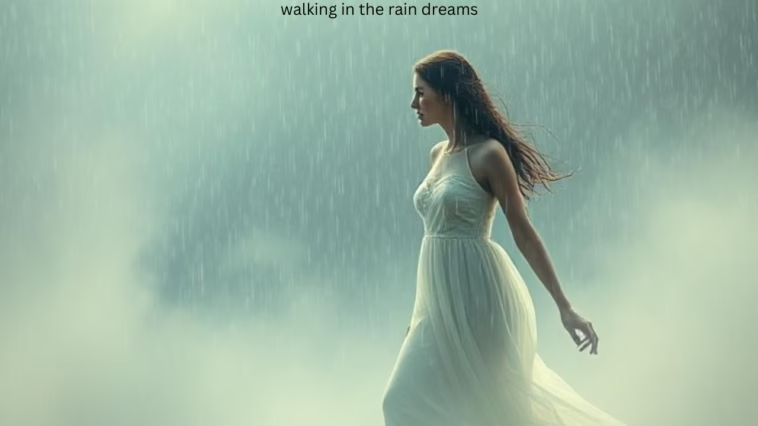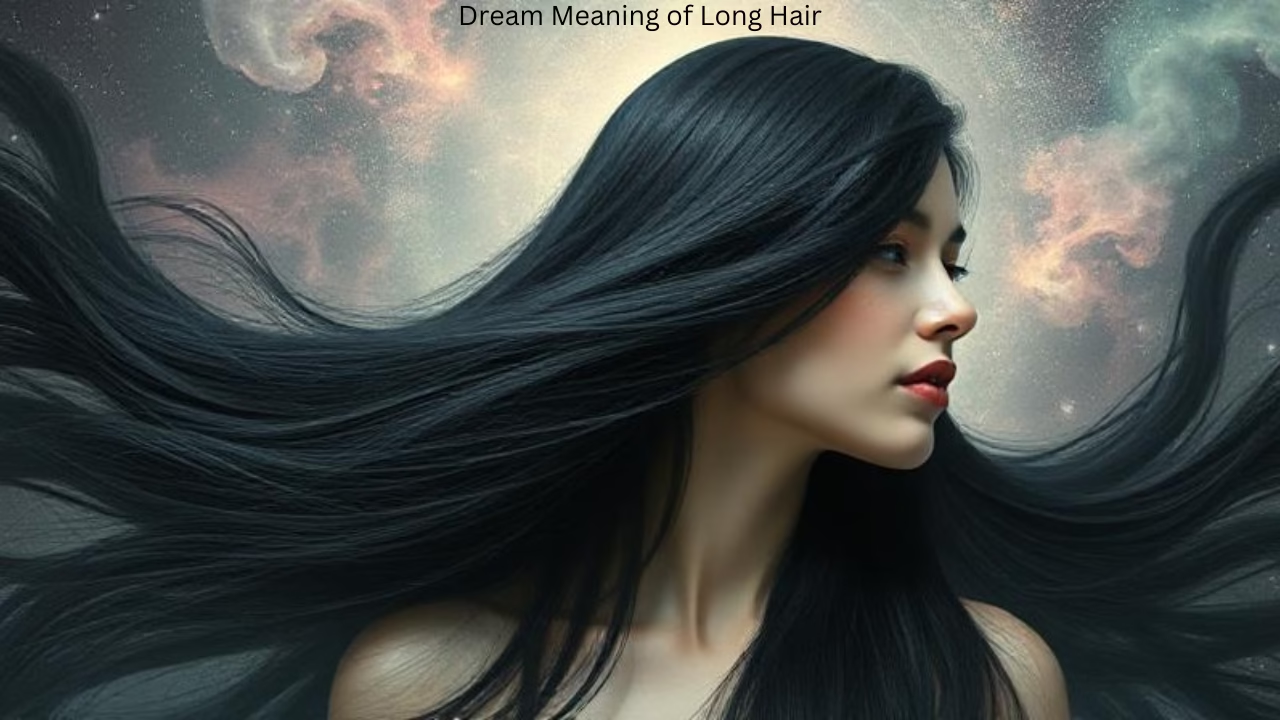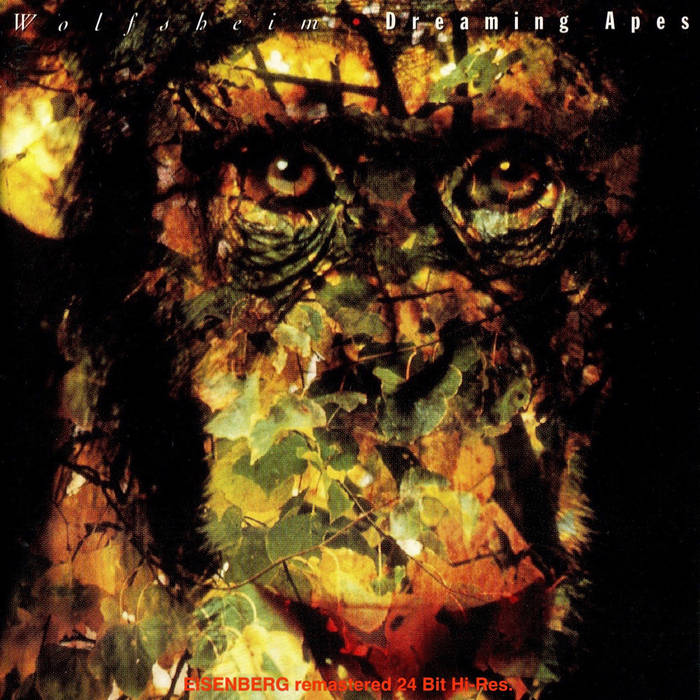There are phrases that stop you in your tracks, echoing with a truth so deep and paradoxical it feels like a secret koan from the universe itself. The quote, “The dreaming boy is a realist,” is one such mystery. While it originates from the mind of the great novelist Fyodor Dostoevsky, its wisdom transcends literature and speaks directly to the heart of the spiritual seeker.
But how can this be? How can a “dreamer,” someone often seen as lost in fantasy, be the ultimate “realist”?
The answer is that this phrase is not about ordinary dreams or conventional reality. It is a profound spiritual key that unlocks a new way of seeing the world and your place within it. It suggests that those who dare to dream, to connect with their inner vision, are the ones who perceive the true nature of reality—a reality woven from potential, spirit, and purpose.
This guide will decode this powerful statement, exploring the archetype of the “dreaming boy” and revealing how embracing your inner dreamer is the most realistic path to a meaningful life.

Who is the Dreaming Boy? Deconstructing the Archetype
The “dreaming boy” is not just a character; he is a powerful archetype that lives within all of us, regardless of age or gender. He represents the part of our soul that is still connected to the infinite.
The Power of Imagination and Vision
The dreamer is the visionary. He is not bound by the limitations of “what is.” Instead, his sight is fixed on “what could be.” This isn’t escapism; it is the very engine of creation. Every great invention, every work of art, every spiritual breakthrough began as a dream in someone’s mind. The dreaming boy understands that imagination is not a flight from reality, but a preview of it.
Also Read: Walking in the Rain Dreams, Blessings, Abundance
Connection to the Subconscious and Divine
Dreams are the language of the soul. The “dreaming boy” is one who listens to this language. He is in touch with his subconscious mind, his intuition, and the subtle whispers of the universe. While others are distracted by the noise of the material world, he hears the music of the spheres. He trusts his gut feelings and inner knowing, which are guides to a deeper, more authentic reality.
Vulnerability as a Strength
The dreamer is open, vulnerable, and sensitive. In a hardened world, this is often seen as a weakness. But in a spiritual context, this sensitivity is a superpower. It is the very quality that allows him to perceive the subtle energies, the hidden meanings, and the emotional currents that “practical” people miss entirely. His heart is his compass.
How Can a Dreamer Be a Realist? Solving the Paradox
This is the core of the mystery. Our society defines a “realist” as someone pragmatic, grounded, and perhaps a bit cynical. But this quote turns that definition on its head.
Seeing a Higher Reality
The dreaming boy is a realist because he sees a reality that is more real than the fleeting, material world. He perceives the underlying spiritual framework of existence. He understands that love, hope, purpose, and connection are not just fuzzy concepts; they are the fundamental forces that shape our lives. The so-called “realist” who only sees struggle and limitation is, from this perspective, the one who is truly blind.
Manifesting Dreams into Reality
A true dreamer does not simply live in his head. He is a co-creator with the universe. The dreaming boy is a realist because he knows that a powerful, focused vision is the first and most critical step in manifestation. He holds the blueprint. By believing in his dream so completely, he aligns his energy, actions, and intentions to pull that dream from the realm of potential into the realm of the physical. He doesn’t just see a better world; he actively builds it.
The Realism of Hope and Faith
In a world that can often feel bleak, hope is the ultimate act of realism. It is the understanding that circumstances are temporary but the human spirit is resilient. The dreaming boy’s faith isn’t blind; it’s a deep-seated knowing that there is a purpose to the journey, a light beyond the darkness. This spiritual optimism is not a delusion; it is a powerful, creative force.
[Image: A beautiful image symbolizing manifestation. Perhaps hands holding a glowing seed or a small plant, with roots made of light, grounding into the earth. This visually connects the dream (light) with reality (earth).]
Applying the ‘Dreaming Realist’ Principle to Your Spiritual Life
This profound quote is not just a philosophical concept; it’s a call to action. Here’s how you can embody the “dreaming realist” in your own life:
- Honor Your Dreams (Literally and Figuratively): Pay attention to your nighttime dreams. Keep a dream journal. But also, honor your daydreams—your deepest hopes and aspirations. Do not dismiss them as childish fantasies. They are messages from your soul.
- Ground Your Vision with Action: A dream without action remains a fantasy. Ask yourself: “What is one small, real-world step I can take today to move closer to my dream?” This is how the dreamer becomes the realist. You ground your heavenly vision in earthly action.
- Embrace Your Inner Contradictions: You can be both sensitive and strong. You can be a visionary and practical. You can have your head in the stars and your feet on the ground. The “dreaming realist” holds this beautiful balance.
Frequently Asked Questions (FAQ)
Q1: What is the original source of “the dreaming boy is a realist”?
A: The quote is from Fyodor Dostoevsky’s final masterpiece, The Brothers Karamazov. It is spoken by the character Alyosha Karamazov, who represents a spiritual, optimistic, and deeply humane worldview. He is the embodiment of the “dreaming boy” who is, in fact, the most realistic character in the novel.
Q2: How is this different from simple daydreaming or escapism?
A: The difference is intention and action. Escapist daydreaming is a flight from life’s challenges. The “dreaming realist” uses their vision as a map for navigating life. Their dreams are not a distraction but a destination, and they are actively working to build a bridge to get there.
Q3: Is this related to the Law of Attraction?
A: Yes, very much so. The Law of Attraction posits that your thoughts and feelings create your reality. “The dreaming boy is a realist” is another way of saying this. The “dreaming boy” holds the powerful, positive vision (the thought/feeling), and because this is the creative force of the universe, his vision is more “real” (more powerful in shaping reality) than a negative or limited worldview.
Q4: Can a “dreaming girl” also be a realist?
A: Absolutely. The “dreaming boy” is a universal archetype that transcends gender. It represents the visionary, intuitive, and spiritually connected part of every human soul. Whether you identify as a “dreaming girl,” a “dreaming boy,” or a “dreaming person,” the principle remains the same: your capacity to dream is your deepest connection to what is real.
Conclusion: You Are the Dreaming Realist
The phrase “the dreaming boy is a realist” is an invitation to reclaim the power of your own vision. It asks you to stop apologizing for your sensitivity, for your hope, for your belief in a better world.
Your dreams are not a weakness; they are your strength. Your intuition is not a fantasy; it is your compass. In a world obsessed with a narrow, materialist view of reality, having the courage to dream makes you the most grounded and realistic person in the room.
Embrace your inner dreamer. Trust your vision. For you are the dreaming boy. You are the dreaming girl. You are the realist.














Leave a Reply